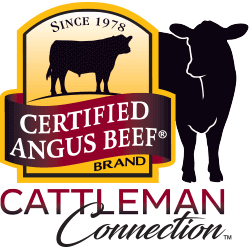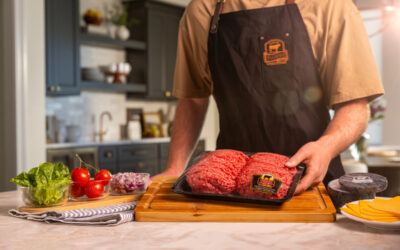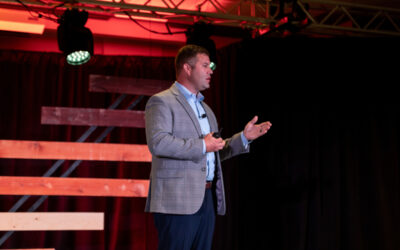
Quality improvements aren’t enough, yet

But just the other day, I came across a blog post that reminded me why. Alan Newport, editor of Beef Producer, shared a conversation with a colleague, who said:
“..beef is rarely on my purchase list anymore. I buy small filets in restaurants on special occasions but bringing beef home from the supermarket is becoming more rare (no pun intended).
As we’ve all discussed for years, consistency is a big part of this”
And he went on to compare it to experiences he could get with other, cheaper protein sources:
“I can buy a pork tenderloin from nearly anyone, or ‘boneless’ pork chops, or chicken breasts. In all three instances, I know what I’m getting. I know what it will taste like when it comes off the grill and I know how to cook it on the grill to get the results I want.”
My flippant answer would be, “Well, just buy Certified Angus Beef (R) and thanks to those 10 carcass specifications you’ll always know what you’re getting.”
But this is bigger than that and deserves a thoughtful response.

Last year, Missouri economist Scott Brown talked about how demand for higher quality beef weathered the economic crisis better than lower quality.
“Being able to supply a product that isn’t as sensitive to economic changes is one way to reduce risk to producers. When the Choice/Select spread narrowed substantially, we saw the Prime/Choice spread stay relatively wide,” he said.
If producers set their sights high—like upper 2/3 Choice and Prime—and started producing more higher quality beef, Brown’s model shows a 10% increase in overall demand for beef. He says that means we could add 6 million more cattle to our national herd.
Is the key for building demand really all about marbling?
Lots of intelligent people I talk to say yes. One of them is Daryl Tatum, Colorado State meat scientist, who has done a lot of consumer preference work.
“Marbling has kind of gotten a bum rap from a lot of people saying it really doesn’t predict much, but across the full range, it has predictive capabilities,” he said. “If you’re going out for that occasion where you’re wanting to treat yourself, it’s pretty important to have marbling in there. It really performs on all levels when you do.”
His work shows tenderness and “buttery,beef-fat” flavor account for 91% of the variation in overall sensory experience; in turn, 40% of tenderness variation and 71% of variation in that desirable flavor is due to marbling score. Marbling matters.
Alan answered his colleague: “I keep harping on this over the years. Some is from inconsistent genetics. Some is environment. Some is handling from kill forward but not much problem there anymore.
I maintain a big part is genetics, followed by environment. The beef industry keeps harping on hybridization to the degree there is no longer any attempt to maintain homozygosity in the base seedstock. This is EXACTLY the opposite of the pork and chicken industries and presents unpredictability in both performance and meat product.”
We agree that it’s part genetics, part management and environment, along with a conservative tendency to limit risk–and the decisions related to all the above still suffer from a great disconnect between the segments of our beef industry.
We’ve seen much collaboration in the industry the past two decades, and beef quality has certainly improved. There will always be at least some disappointing beef meals, but our best strategy is to make it SO good, SO often, that more people will turn toward beef than away.
May your bottom line be filled with black ink,
Miranda
You may also like
Success, Despite Challenges
Today’s market is complex and competitive. The collective effort of stakeholders across the supply chain positions Certified Angus Beef to meet the record demand for premium beef moving forward. Signals across the beef industry are clear and Angus farmers and ranchers seeking high-quality genetics that deliver premium beef are producing a product in high demand.
Keep the Supply Coming
A record-high 800 registrants from 17 countries gathered in Austin, Texas, to learn more about CAB, become inspired by the culinary work of chefs and pitmasters, and celebrate sales and production success. But at the forefront: supply and demand, a reflection of the chaotic past year, and preparing for what’s ahead.
Consumer Demand, Power of Quality
Demand for high-quality beef persists. But with that demand comes challenges. From tight cattle supplies to higher costs and increasing pressure on retailers to deliver a consistent eating experience, the pressure is on. David O’Diam, CAB VP of retail, addressed the current retail beef environment, highlighting both opportunities and challenges in today’s marketplace.



